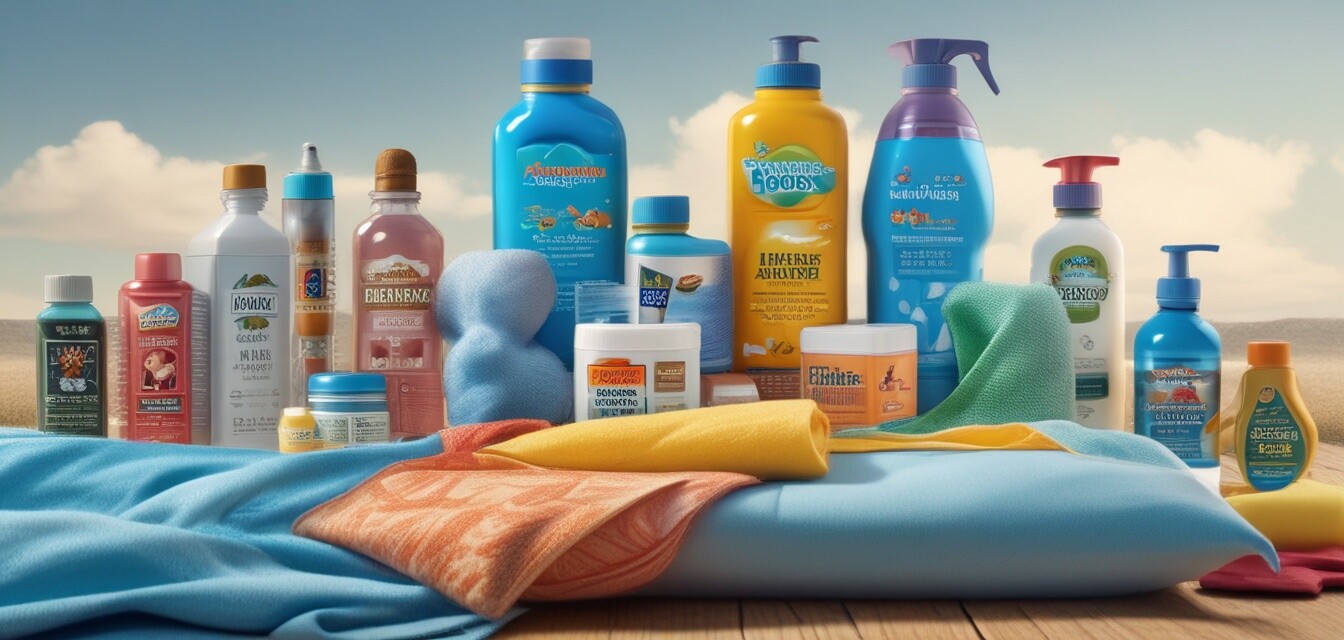
Allergy Relief for Kids: Products to Consider
Key Takeaways
- Identify the type of allergies your child has to choose the right products.
- Air purifiers can help filter allergens from indoor air.
- Medications should be age-appropriate and safe for children.
- Allergy-proof bedding can significantly reduce night-time allergy symptoms.
- Consult with a healthcare professional before starting any medication.
As parents, the health and comfort of your children are top priorities; especially when it comes to seasonal allergies. Allergies can cause discomfort and impact your child’s ability to enjoy everyday activities. In this guide, we’ll explore various products designed to relieve allergy symptoms in children and help you make informed choices.
Understanding Seasonal Allergies
Seasonal allergies, often triggered by pollen and air pollutants, can affect children of all ages. Common symptoms include sneezing, runny nose, itchy eyes, and skin rashes. With the right products, you can reduce the severity of these symptoms and improve your child's quality of life.
Types of Allergy Relief Products for Kids
There are several categories of products parents can consider when looking for allergy relief:
Product Categories Explained
| Product Category | Description | Considerations |
|---|---|---|
| Air Purifiers | Devices that filter airborne allergens and pollutants. | Size of the room, filter type, and noise level. |
| Allergy Medications | Over-the-counter and prescription medications to relieve symptoms. | Age-appropriateness and side effects. |
| Allergy-proof Bedding | Bedding designed to protect against dust mites and other allergens. | Material quality and safety features. |
| Eye Drops & Treatments | Products formulated to soothe irritated and itchy eyes. | Active ingredients and child-friendliness. |
| Nasal & Sinus Care | Saline sprays and other products to relieve nasal congestion. | Age recommendations and usage instructions. |
Tips for Choosing Allergy Relief Products for Your Kids
Beginner’s Tips
- Always check the age limits and safety instructions on product labels.
- Consult your pediatrician, especially if your child has existing health conditions.
- Consider allergy testing to pinpoint specific allergens your child reacts to.
- Look for hypoallergenic options whenever possible.
- Read reviews and product comparisons to understand which products are most effective.
Cost Considerations
When budgeting for allergy relief products, consider both the upfront cost and any ongoing expenses, such as replacement filters for air purifiers or recurring purchases of medications. It’s helpful to compare prices among different brands and look for bundles or discounts available on various platforms.
FAQs About Allergy Relief for Kids
What should I do if my child has a severe allergic reaction?
If your child experiences serious symptoms such as difficulty breathing, swelling of the face or throat, or persistent vomiting, seek emergency medical attention immediately.
Can I use adult allergy medications on my child?
It’s crucial to consult with a healthcare professional before administering any medications intended for adults to children.
What are the best practices for managing allergies at home?
Regular cleaning to reduce dust and pollen, using air purifiers, and keeping windows closed during high pollen seasons are all effective strategies.
Pros
- Wide range of options available.
- Effective in reducing allergy symptoms.
- Enhances overall comfort levels for kids.
- Easy to integrate into daily routines.
Cons
- Potential side effects from medications.
- Initial costs can be high for certain products.
- Finding the right product may require some trial and error.
Conclusion
When it comes to selecting allergy relief products for kids, understanding the various options and their features is essential. Armed with the right knowledge and tools, parents can significantly alleviate their child's symptoms, allowing them to enjoy a better quality of life. Remember to always consult a healthcare professional for personalized advice and recommendations. For more information on allergy products, visit our Buying Guides section.